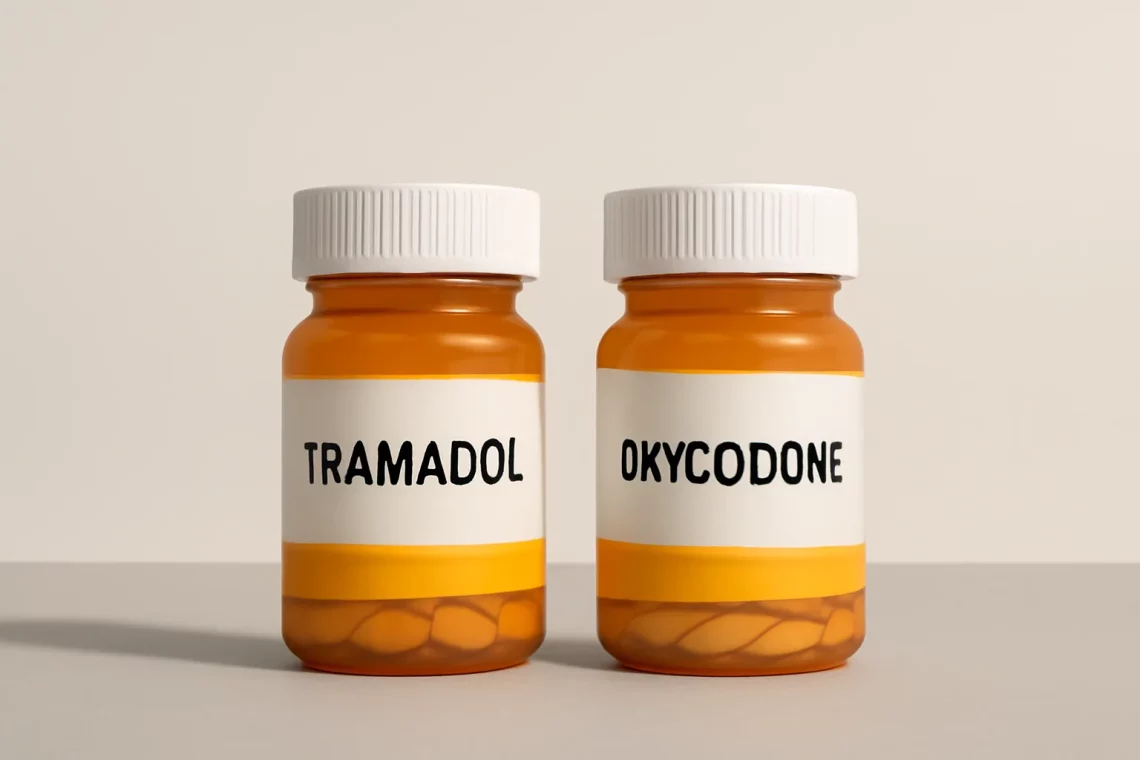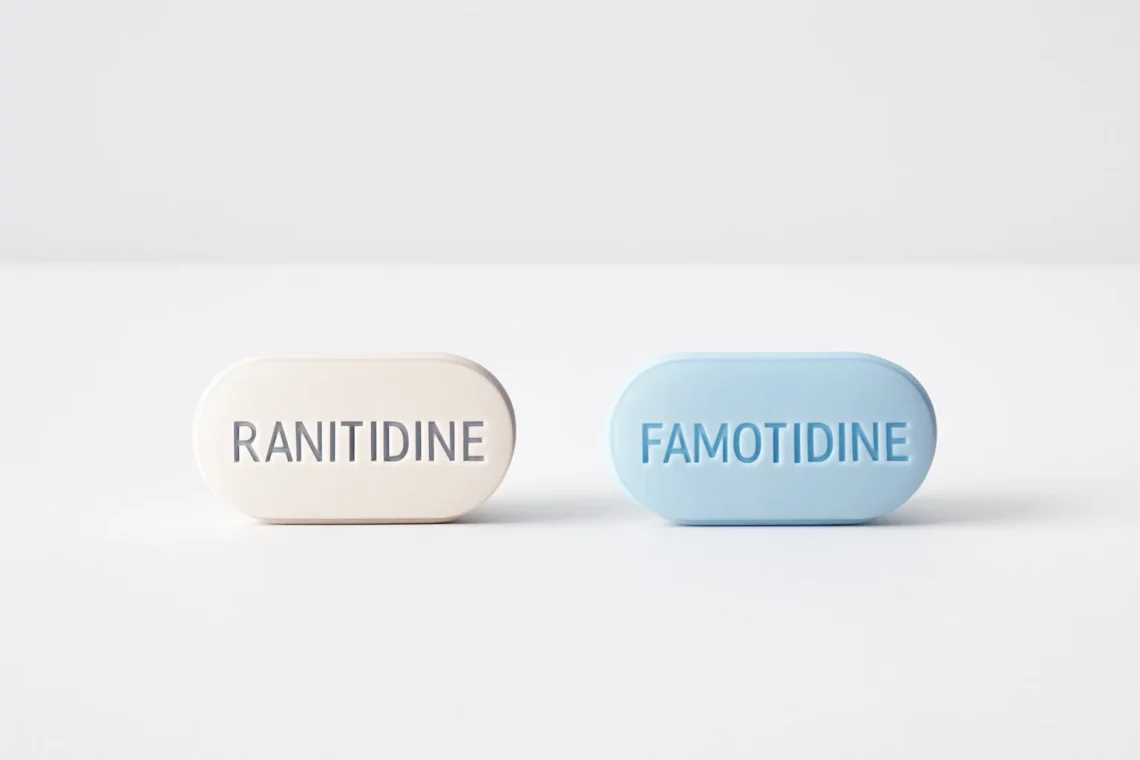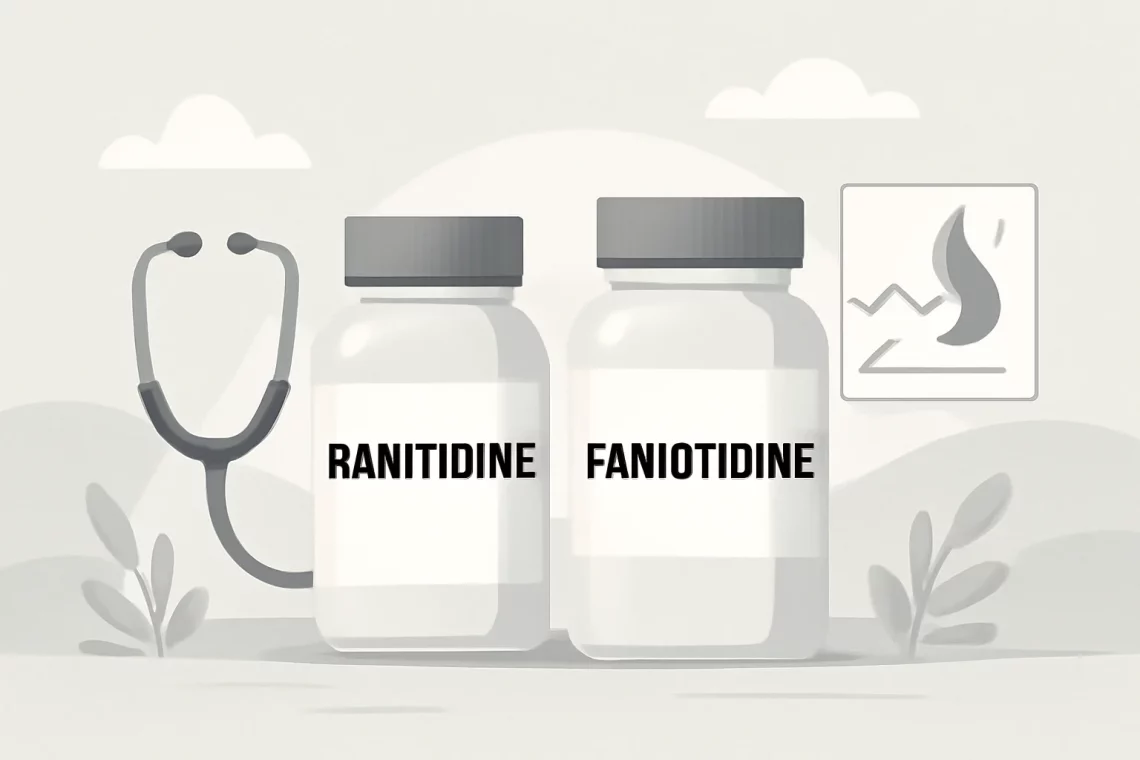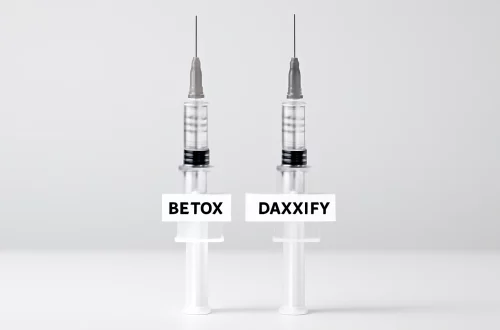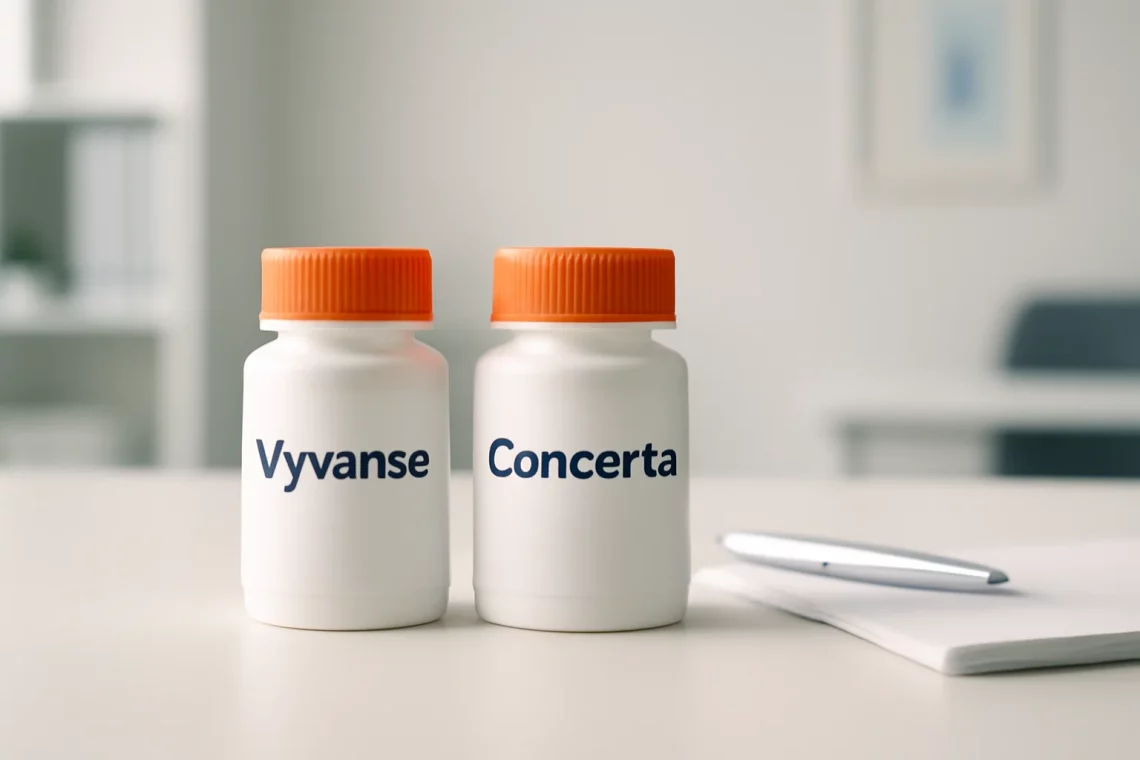Health
-
Tramadol vs Oxycodone: A Comprehensive Comparison of Pain Relief Options
Tramadol and oxycodone are two commonly prescribed medications used for pain relief. Both belong to the opioid class of drugs, which are known for their effectiveness in managing moderate to severe pain. However, they have different chemical structures, mechanisms of action, and potential side effects, making them suitable for different patient populations and pain management strategies. Understanding these differences is crucial for patients, caregivers, and healthcare professionals when determining the most appropriate treatment options. In recent years, the conversation surrounding opioid use has intensified, with increased awareness of the risks associated with opioid dependency and abuse. This has led to the exploration of alternative pain management therapies as well as…
-
Amitriptyline vs Prozac: Which Antidepressant is Right for You?
Amitriptyline and Prozac are two well-known medications primarily used to treat mental health disorders. Each has carved out its niche in the realm of psychiatry, offering distinct mechanisms of action, uses, and side effect profiles. As mental health issues continue to gain recognition and understanding in society, the importance of these medications cannot be overstated. Many individuals grappling with depression, anxiety, or chronic pain conditions may find themselves navigating the choices between these two options. In recent years, more attention has been directed toward personalized medicine, prompting patients and healthcare providers alike to consider the unique needs of each individual. This has led to deeper discussions about the efficacy, safety,…
-
Ranitidine vs Famotidine: Which Antacid is Right for You?
Ranitidine and famotidine are two widely used medications in the realm of gastrointestinal health, primarily for their ability to reduce stomach acid production. As prevalent as heartburn and gastroesophageal reflux disease (GERD) are in modern society, the need for effective treatment options has led to the popularity of these drugs. Understanding the nuances between ranitidine and famotidine, their mechanisms of action, potential side effects, and other factors can be crucial for individuals seeking relief from acid-related disorders. Both ranitidine and famotidine belong to a class of medications known as histamine H2-receptor antagonists, which work by blocking histamine receptors in the stomach lining, thus reducing acid secretion. Despite their similar purpose,…
-
Ranitidine vs Famotidine: Which Heartburn Relief is Better?
Ranitidine and famotidine are both medications commonly used to treat conditions related to excessive stomach acid. They belong to a class of drugs known as histamine-2 (H2) blockers, which work by reducing the amount of acid produced by the stomach. Understanding these medications and their differences can be crucial for individuals dealing with acid-related disorders, such as gastroesophageal reflux disease (GERD), peptic ulcers, and Zollinger-Ellison syndrome. As the prevalence of acid-related conditions continues to rise, it is essential for patients and healthcare providers to be informed about the available treatment options. While both ranitidine and famotidine are effective in managing these conditions, they differ in various aspects, including their mechanisms…
-
Melatonin vs Unisom: Which Sleep Aid Is Right for You?
Sleep is an essential part of our daily lives, influencing our overall health, mood, and productivity. However, many individuals struggle with sleep-related issues, leading to a growing interest in sleep aids. Among the various options available, two prominent names often come up: Melatonin and Unisom. Both have gained popularity as solutions for sleepless nights, yet they operate differently and cater to varied needs. Understanding how each works, their benefits, and potential side effects can help individuals make informed choices about their sleep health. This article delves into the distinctions between Melatonin and Unisom, exploring their mechanisms, usage, and overall effectiveness as sleep aids. Understanding Melatonin Melatonin is a hormone that…
-
Narcan vs Suboxone: Understanding Their Roles in Opioid Treatment
The opioid crisis has become a pressing public health issue, affecting countless individuals and communities across the globe. As the prevalence of opioid use and addiction has increased, so too has the need for effective treatment options and harm reduction strategies. In the face of this epidemic, two medications have emerged as critical tools in combating opioid overdose and dependence: Narcan (naloxone) and Suboxone (buprenorphine/naloxone). While both medications serve essential roles in addressing opioid-related issues, they operate through different mechanisms and are used in distinct contexts. Narcan is primarily known for its ability to reverse opioid overdoses rapidly. It acts as an opioid antagonist, effectively displacing opioids from their receptors…
-
Viagra vs Cialis: Key Differences and Which Is Right for You
Erectile dysfunction (ED) is a common issue that affects men of all ages, though it is often more prevalent in older adults. This condition can significantly impact a man’s quality of life, affecting not only physical health but also emotional and psychological well-being. As awareness of ED has grown, so too has the availability of treatments designed to address it. Among the most widely recognized treatments are Viagra and Cialis, two medications that have become synonymous with ED treatment. Both Viagra and Cialis work by enhancing blood flow to the penis, facilitating an erection in response to sexual stimulation. However, the way these medications function, their onset of action, and…
-
Vyvanse vs Concerta: Choosing the Right ADHD Medication for You
Vyvanse and Concerta are two of the most commonly prescribed medications for the treatment of Attention Deficit Hyperactivity Disorder (ADHD). Both medications play a crucial role in helping individuals manage their symptoms, enhancing focus, and improving overall quality of life. However, the choice between Vyvanse and Concerta can be daunting for patients and their families, as each medication has its unique properties, benefits, and potential side effects. In recent years, there has been increasing awareness about ADHD, leading to more diagnoses and subsequent treatment options. While the effectiveness of medication is often highlighted, it’s essential to consider the individual needs of each patient. Factors such as age, lifestyle, and medical…
-
Vyvanse or Concerta Which ADHD Medication is Right for You?
Vyvanse and Concerta are both popular medications used in the treatment of Attention Deficit Hyperactivity Disorder (ADHD). As awareness of ADHD has grown, so has the discussion surrounding the most effective treatments. Each medication has its unique properties, benefits, and potential side effects, which can significantly influence a patient’s quality of life. The choice between Vyvanse and Concerta is often influenced by individual needs, lifestyle, and medical history. Understanding the differences between these medications can help individuals make informed decisions about their treatment options. As ADHD continues to be a prevalent diagnosis among children and adults alike, the conversation around the most effective ways to manage its symptoms is more…
-
Lyrica vs Amitriptyline: Comparing Benefits and Side Effects
Lyrica and Amitriptyline are two medications that are often discussed in the context of managing chronic pain, anxiety, and various neurological conditions. While both drugs share some similarities in their therapeutic uses, they operate through different mechanisms and can have distinct side effects. Understanding these differences is crucial for patients and healthcare professionals alike, as the choice between Lyrica and Amitriptyline can significantly impact treatment outcomes. Lyrica, also known by its generic name pregabalin, is primarily used to treat neuropathic pain, fibromyalgia, and certain types of seizures. It works by modulating the release of neurotransmitters in the brain, which helps to reduce pain and improve mood. On the other hand,…
